
Alibaba.com offers a diverse range of TV stand parts to accommodate various styles and functionalities. Among the available options, customers can find modern MDF wood TV stand cabinets that blend seamlessly into contemporary living room furniture. For those seeking flexibility and movement, full-motion tilt TV mounts and retractable motorized TV brackets provide adjustable viewing angles and heights. Height-adjustable TV trolleys and rolling TV carts cater to both residential and commercial environments, offering mobility and convenience.
For spaces that require discreet storage solutions, retractable flip-up and flip-down ceiling TV lifts are available, which offer a hidden mechanism for a clean and unobtrusive look. Universal LED and LCD flat panel screen trolleys are also featured, supporting a range of sizes from 32" to 75", ensuring compatibility with a wide array of television models. Wall-mounted TV brackets, including those that allow for full rotation and those designed for upside-down installation, are part of the extensive selection, providing versatile mounting options.
In addition to these, Alibaba.com lists specialized TV stand parts such as tempered glass TV stands, wooden TV rack designs with LED lights, and rustic TV stands with electric fireplaces, which combine functionality with aesthetic appeal. For those in need of simple solutions, basic TV floor stands and tabletop TV stand bases are also available, offering straightforward designs that are easy to integrate into any room setup. These parts are designed to support various television types, including LED, LCD, and plasma screens, ensuring a suitable match for every customer's needs.


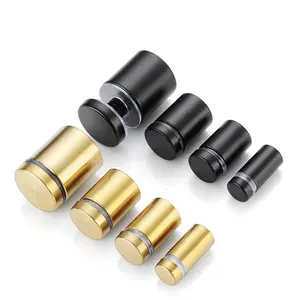







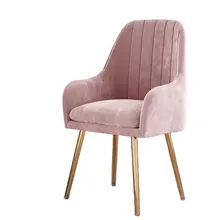








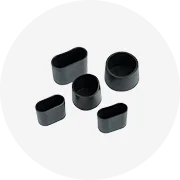
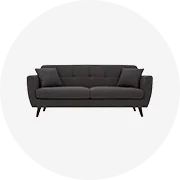
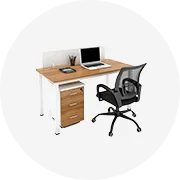

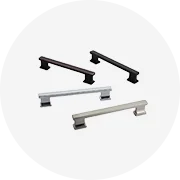
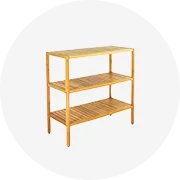
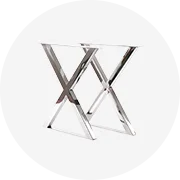
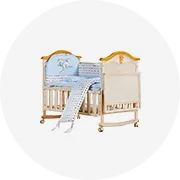
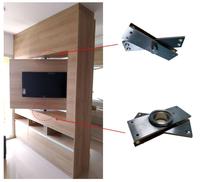










 浙公网安备 33010002000092号
浙公网安备 33010002000092号 浙B2-20120091-4
浙B2-20120091-4